YEMEN’S ANSAR ALLAH claims to have SHOT DOWN a US Navy F-18 over the Red Sea
Yemen’s Ansar Allah Claims to Have Shot Down a US Navy F-18 Over the Red Sea
In a major escalation of tensions in the Red Sea, Yemen’s Ansar Allah movement, also known as the Houthis, has claimed responsibility for shooting down a US Navy F/A-18 Hornet fighter jet. The incident, which occurred on December 22, 2024, has raised alarm among international military and political leaders, particularly given the strategic importance of the Red Sea and the broader geopolitical context surrounding Yemen’s ongoing civil war.
The Houthis, who control large portions of northern Yemen and are engaged in a long-standing conflict with the internationally recognized Yemeni government, have increasingly targeted military assets in the region, particularly those connected to the Saudi-led coalition. This latest incident represents a significant escalation in the military capabilities of the group, with the shooting down of a US military jet marking a new chapter in Yemen’s complex and volatile conflict.
The Incident: A Fighter Jet Shot Down
According to the Houthis’ official statement, their air defense units successfully targeted and shot down the US Navy F/A-18 fighter jet while it was conducting operations over the Red Sea, an area of vital strategic importance. The US Navy has yet to confirm the downing of the jet, but the Houthis have provided video footage allegedly showing the wreckage of the aircraft.
The US Navy F/A-18 Hornet, a multirole fighter jet commonly used for both air superiority and ground attack missions, was reportedly part of a larger US military presence in the region, which has been involved in surveillance and support for the Saudi-led coalition’s operations in Yemen. The aircraft was said to have been conducting routine patrols over the Red Sea when it was targeted by Houthi missile systems.
The downing of a US military aircraft marks a significant shift in the dynamics of the Yemen conflict. The Houthis, who have long been equipped with Iranian-supplied missile systems, have been able to target Saudi-led coalition aircraft and military assets in the past. However, the successful targeting of a US Navy jet is a notable development, suggesting that the Houthis have made significant advances in their air defense capabilities.
The Houthi Movement and Its Military Capabilities
The Houthis, also known as Ansar Allah, are a group primarily composed of Zaidi Shia Muslims, hailing from northern Yemen. They rose to prominence in the early 2000s but gained widespread attention in 2014 when they seized control of the capital, Sanaa, and eventually expanded their control over much of northern Yemen.
In response to the Houthi uprising, a coalition of Arab states led by Saudi Arabia intervened in Yemen’s civil war in 2015, aiming to restore the ousted government of President Abd-Rabbu Mansour Hadi. The conflict has since turned into one of the most devastating humanitarian crises in modern history, with thousands of civilians killed and millions displaced. The war has also become a proxy struggle, with Iran providing support to the Houthis, while Saudi Arabia and other Gulf states back the Yemeni government.
Over the years, the Houthis have developed increasingly sophisticated military capabilities, including the use of ballistic missiles, drones, and advanced air defense systems. Iran has been accused of supplying the Houthis with weapons and technology to enhance their military capabilities, although Tehran denies direct involvement in the conflict.
The downing of the US Navy F/A-18 could signify a new level of sophistication in the Houthis’ ability to target and neutralize advanced military assets. It is likely that the Houthis used advanced missile systems, possibly supplied by Iran, to bring down the jet. These weapons could include surface-to-air missiles (SAMs) or other missile systems capable of targeting high-altitude, fast-moving aircraft.
The US Navy’s Presence in the Red Sea
The Red Sea has long been a vital strategic waterway for global shipping, linking the Mediterranean Sea to the Indian Ocean via the Suez Canal. The region is also of great military significance, as it borders several key countries in the Middle East and North Africa, including Saudi Arabia, Egypt, and Yemen.
The US Navy has maintained a significant presence in the Red Sea as part of its broader strategy in the Middle East, particularly with regard to securing vital shipping lanes and supporting its allies in the region, including Saudi Arabia and the UAE. US Navy ships frequently patrol the waters of the Red Sea, ensuring the free flow of goods and countering any potential threats from groups such as the Houthis or from Iran-backed militias.
While the US military maintains a relatively high profile in the region, the downing of a US Navy aircraft by the Houthis is a concerning development. The Houthis’ ability to target and bring down a US military jet raises serious questions about the future of US operations in the region and could prompt a review of military strategies and tactics moving forward.
The Geopolitical Implications of the Incident
The downing of the US Navy jet by the Houthis has far-reaching geopolitical implications, particularly in terms of US relations with Yemen, Saudi Arabia, and Iran. The US has been heavily involved in Yemen’s civil war, providing support to the Saudi-led coalition through intelligence, logistics, and arms supplies. While the US has not been directly involved in ground combat operations in Yemen, it has played a crucial role in supporting its allies against the Houthi rebels.
This latest attack could strain US relations with Saudi Arabia and other members of the coalition, as it highlights the vulnerabilities of even the most advanced military forces in the region. Furthermore, it could escalate tensions between the US and Iran, as Tehran has been accused of providing significant military support to the Houthis, although Iran denies these claims. If the Houthis are indeed receiving Iranian-supplied air defense systems, the incident could be seen as part of a broader Iranian strategy to challenge US influence in the region.
The attack also comes at a time of heightened tensions between the US and Iran, especially regarding Iran’s nuclear program and its activities in the Middle East. The downing of the US jet could further complicate the already fragile relationship between Washington and Tehran, as the US may view the incident as a sign of Iran’s growing influence over the Houthis and other proxy groups in the region.
Humanitarian Consequences and the Ongoing Conflict
Beyond the military and geopolitical implications, the ongoing conflict in Yemen remains one of the most pressing humanitarian crises in the world. The war has resulted in tens of thousands of deaths, with millions more suffering from food insecurity, disease, and displacement. Both the Saudi-led coalition and the Houthi rebels have been accused of committing human rights violations during the conflict, and the international community has called for a peaceful resolution to the war.
The recent escalation involving the downing of the US Navy jet could further destabilize the region and prolong the suffering of Yemen’s civilian population. As military tensions rise, the prospect of a negotiated peace deal appears increasingly distant, and the prospects for stability in Yemen remain uncertain.
Conclusion: A New Chapter in the Yemen Conflict
The downing of the US Navy F/A-18 Hornet by the Houthis represents a significant escalation in the Yemen conflict and a troubling development for international security in the Red Sea region. It highlights the growing sophistication of the Houthi movement and the complex, multifaceted nature of the Yemen war. The incident also underscores the importance of the Red Sea as a strategic waterway and the increasing risks to international military assets in the region.
As the situation develops, the international community will closely monitor the fallout from this attack. The downing of a US military jet could have significant implications for US military strategy, its alliances in the Middle East, and its broader approach to the Yemen conflict. With the Houthis increasingly challenging US and Saudi forces in the region, the path to peace in Yemen seems more elusive than ever.
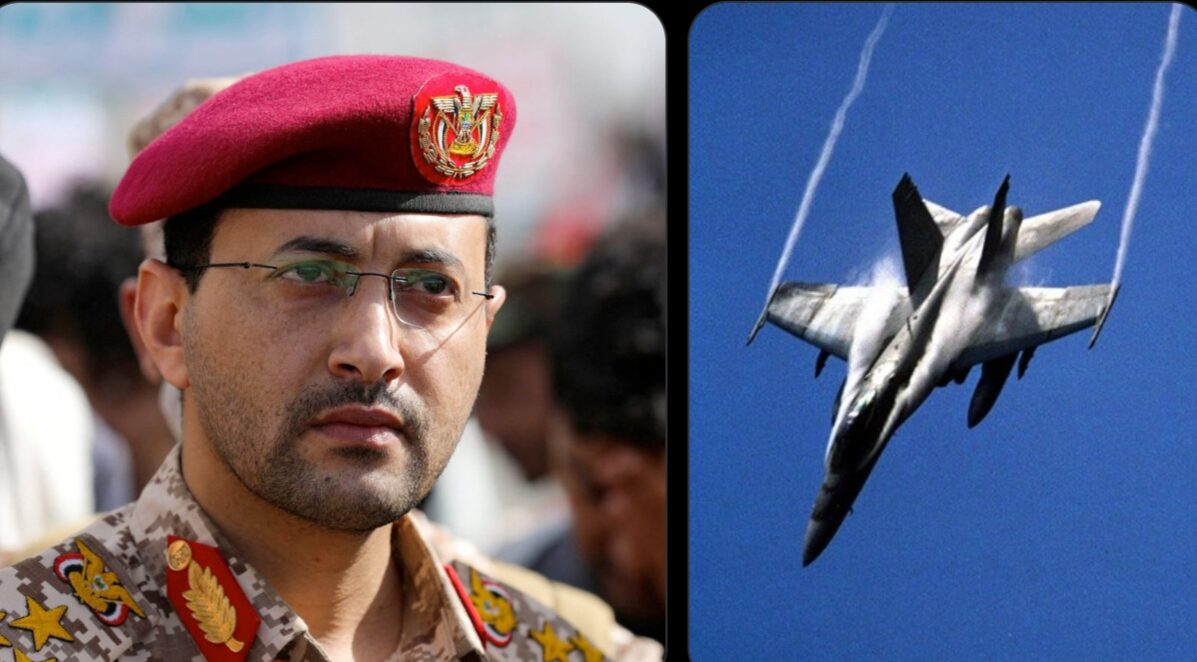
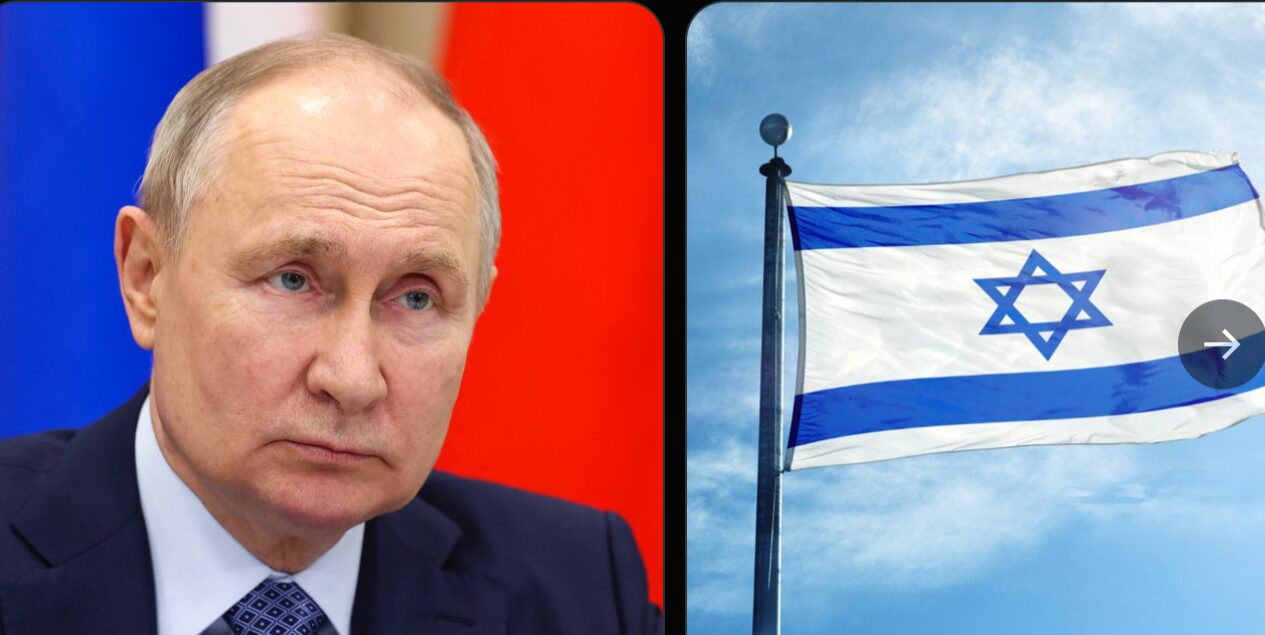





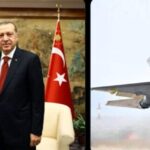
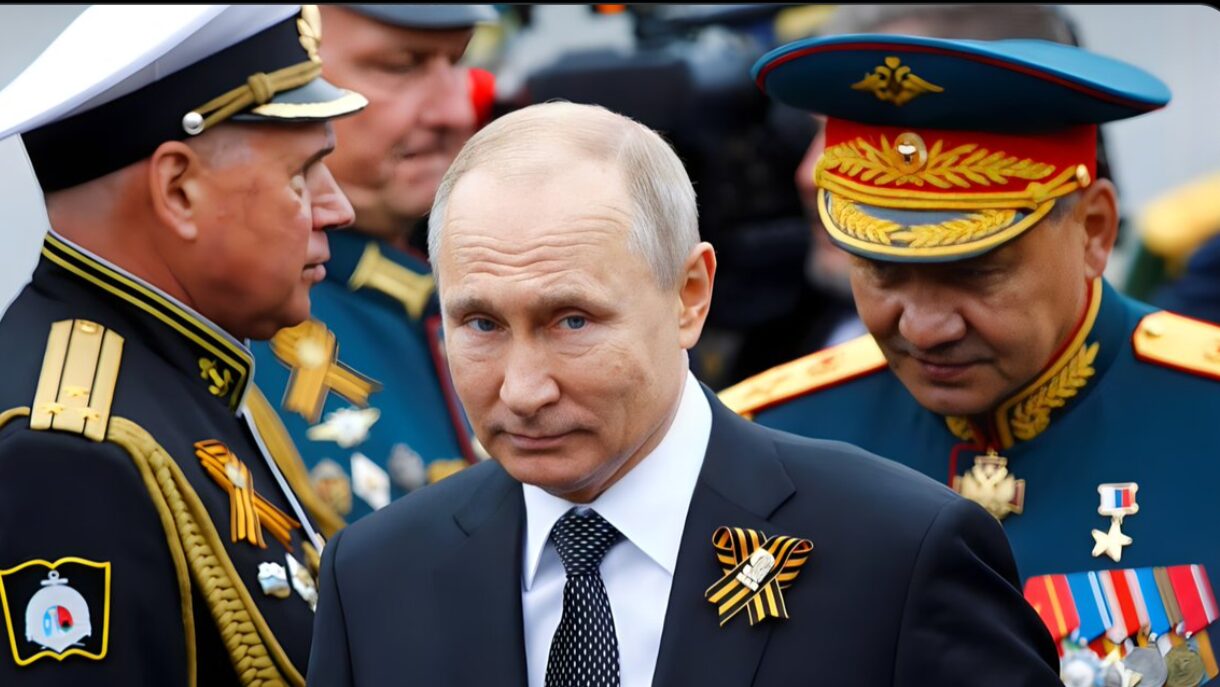





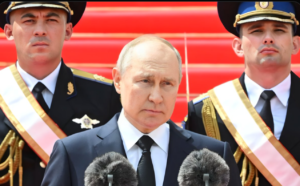


Post Comment